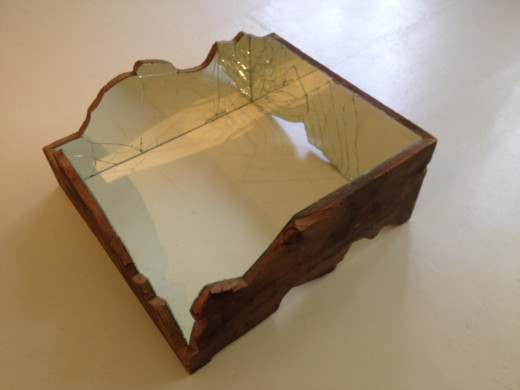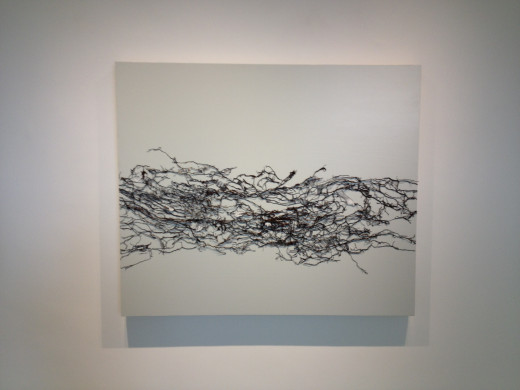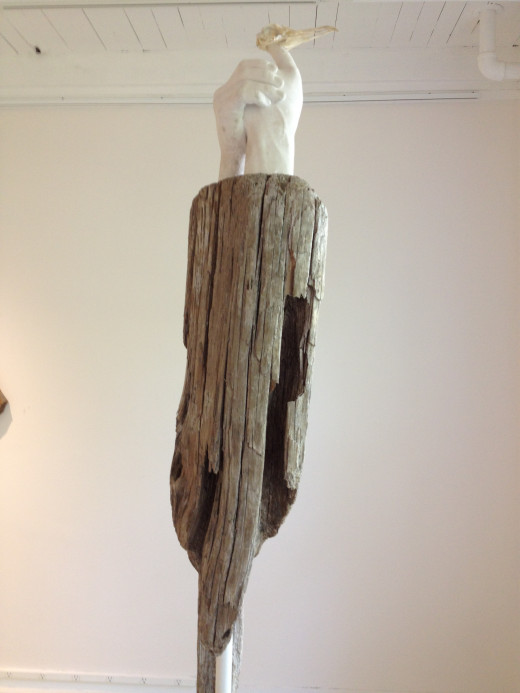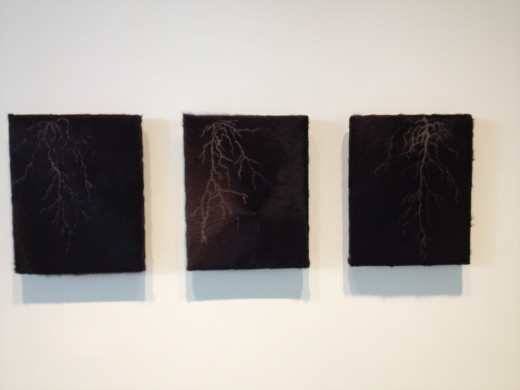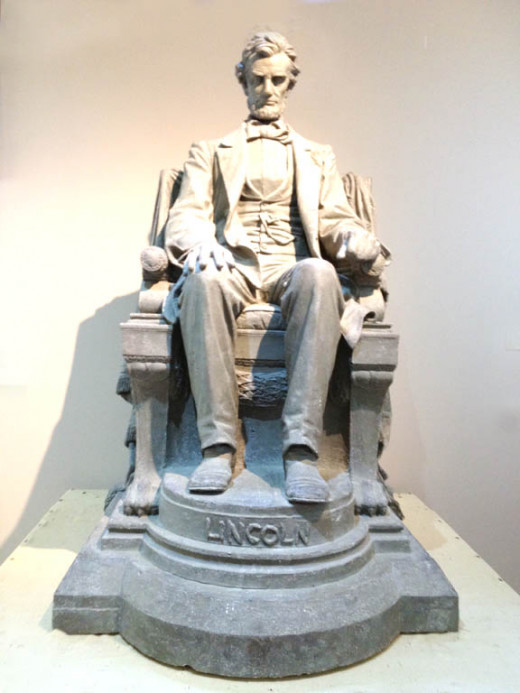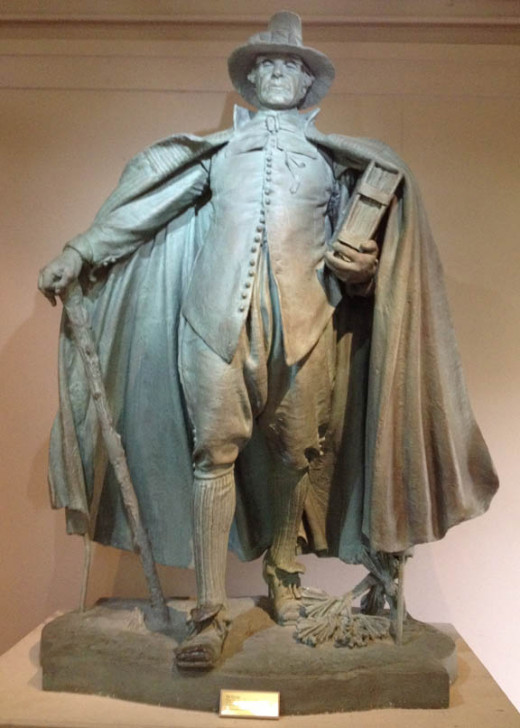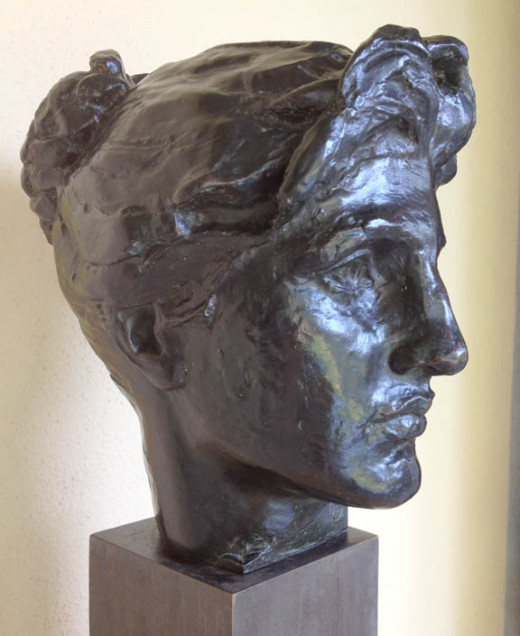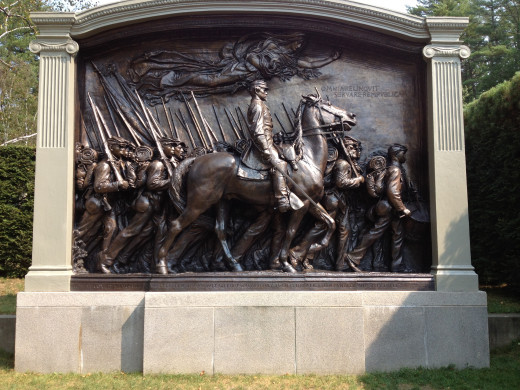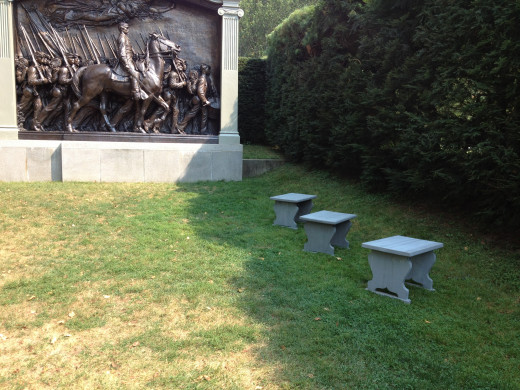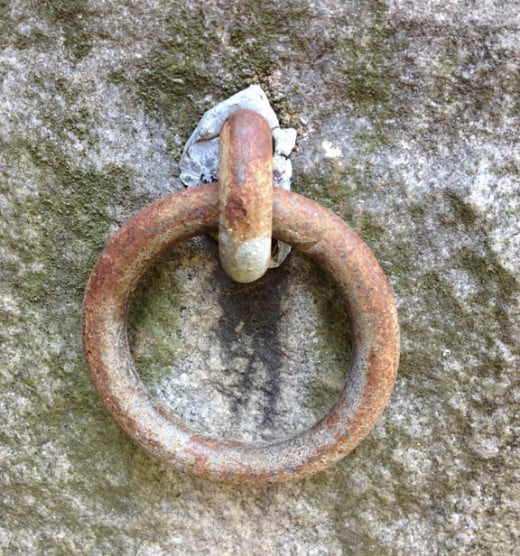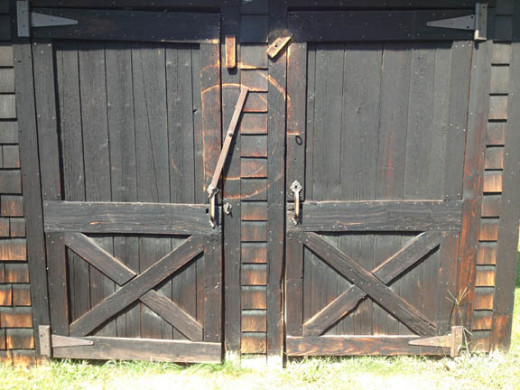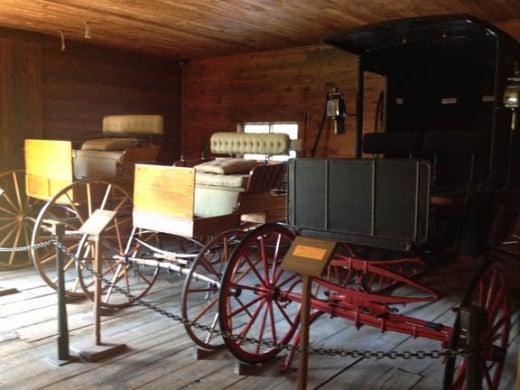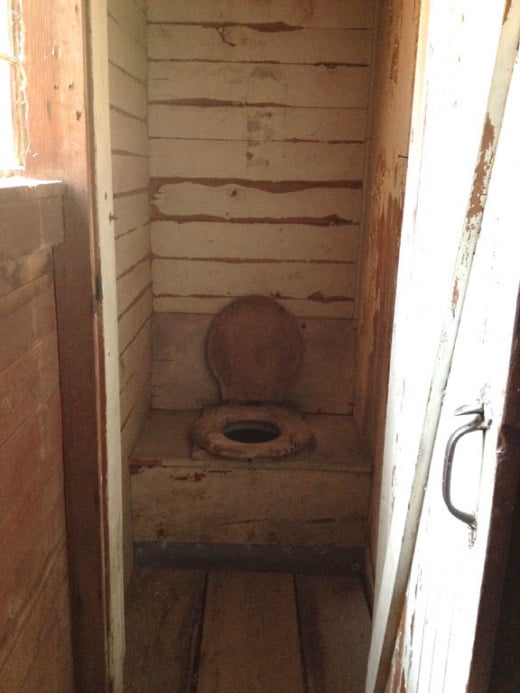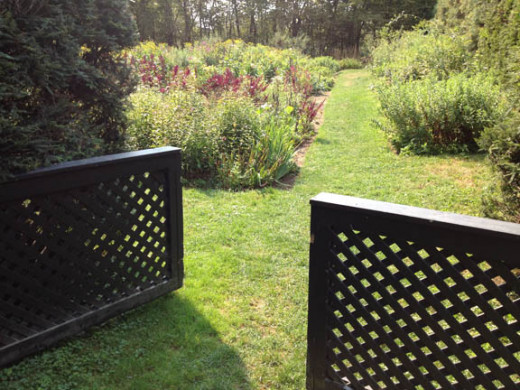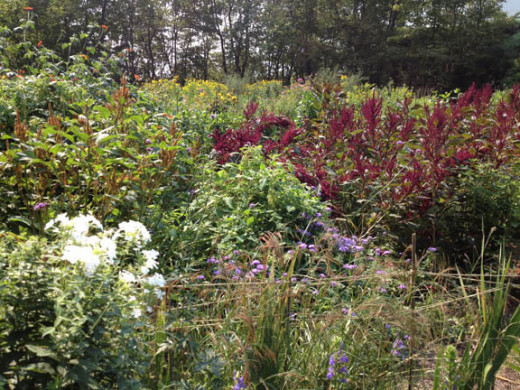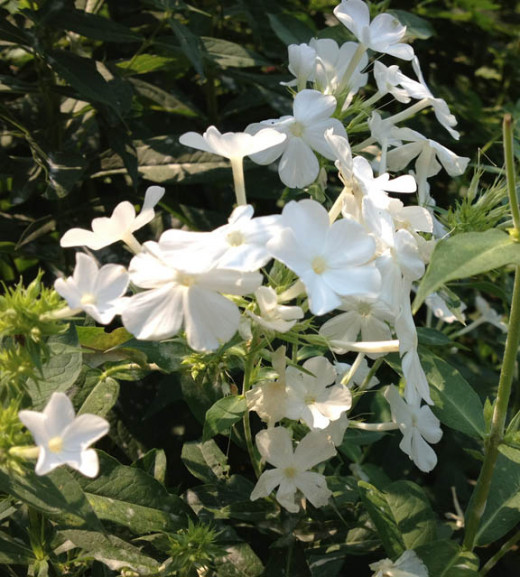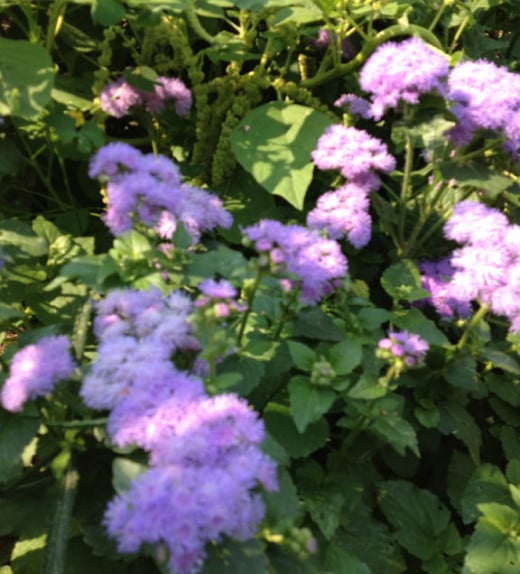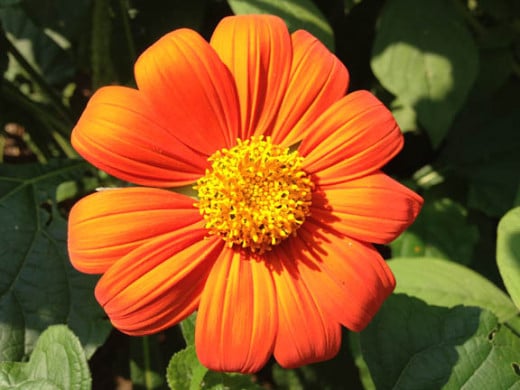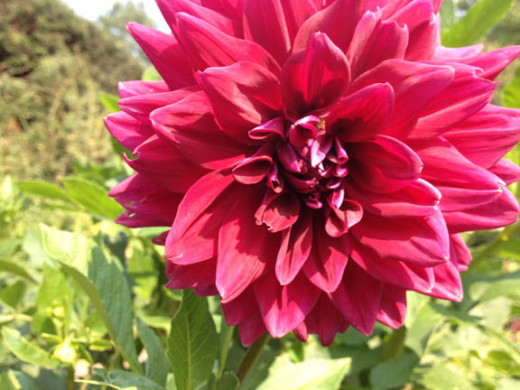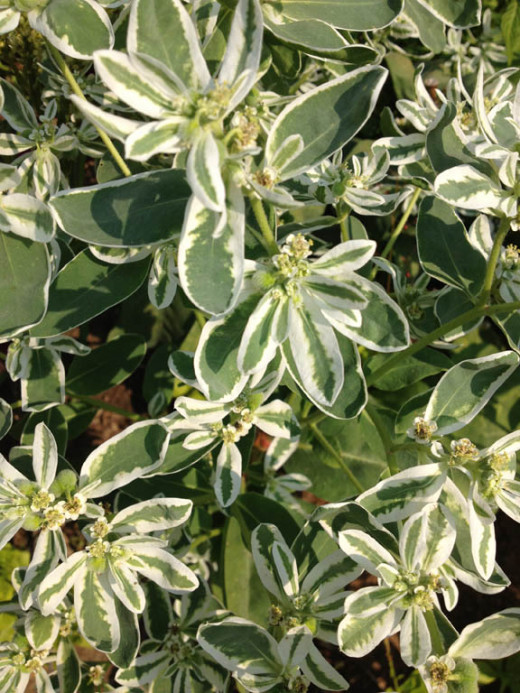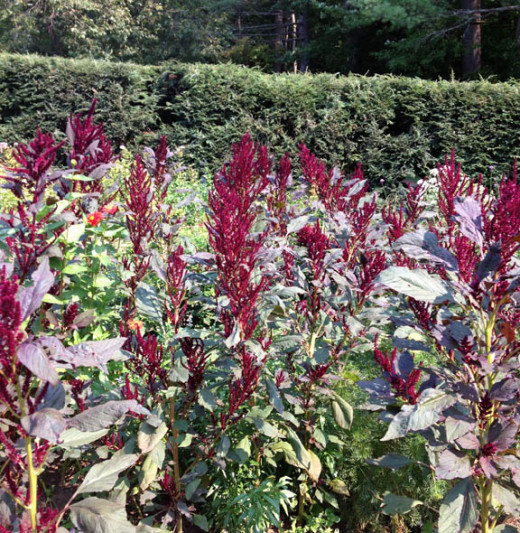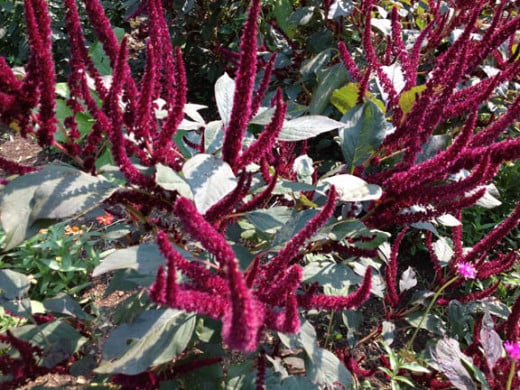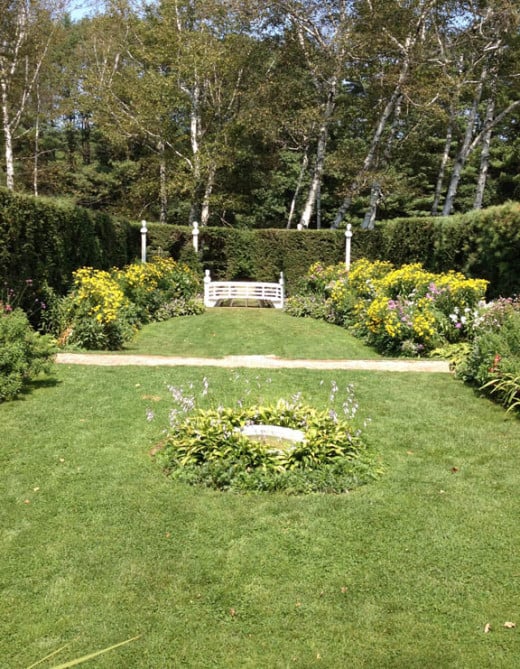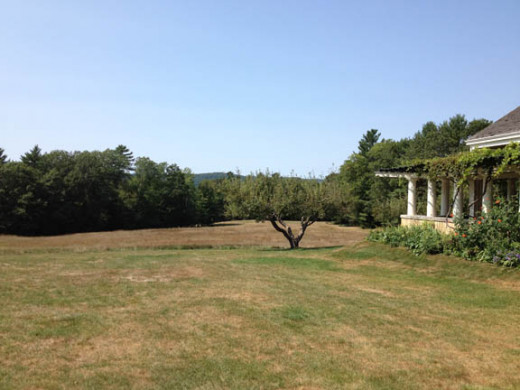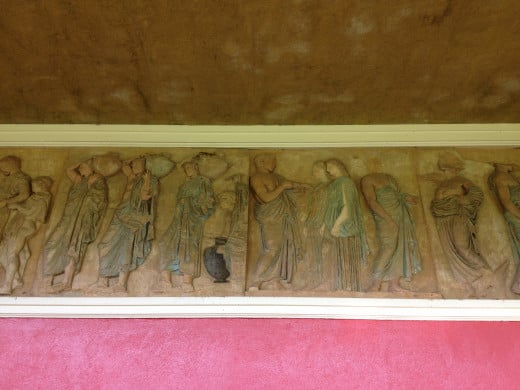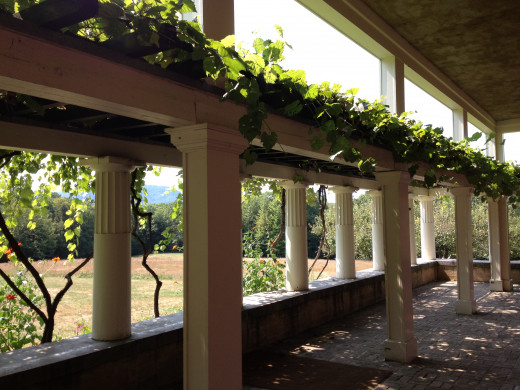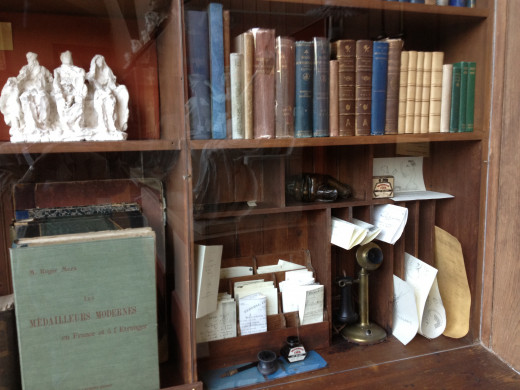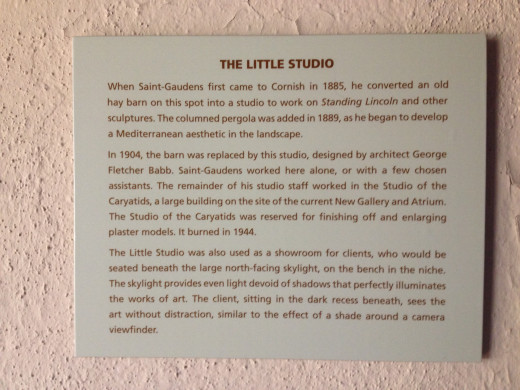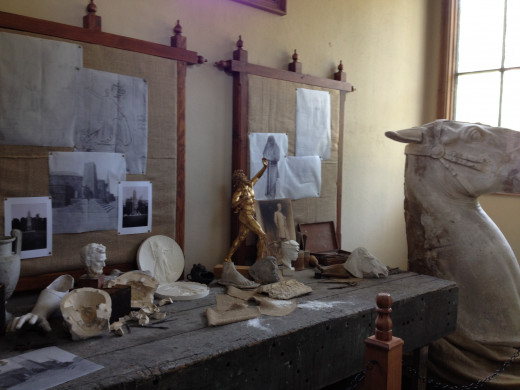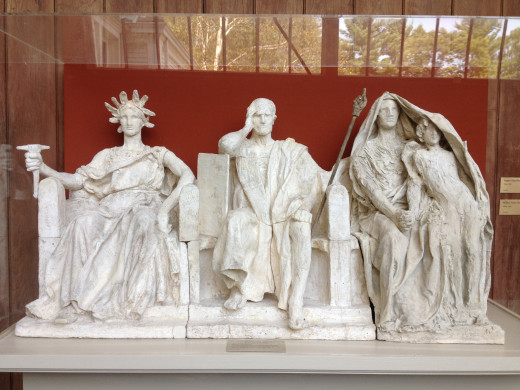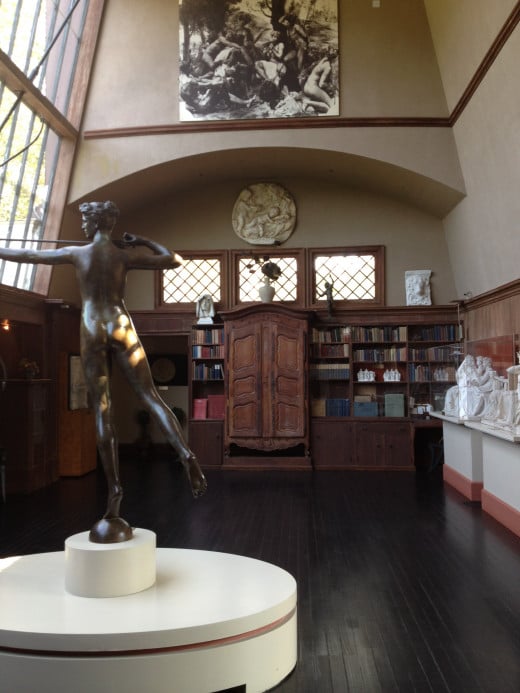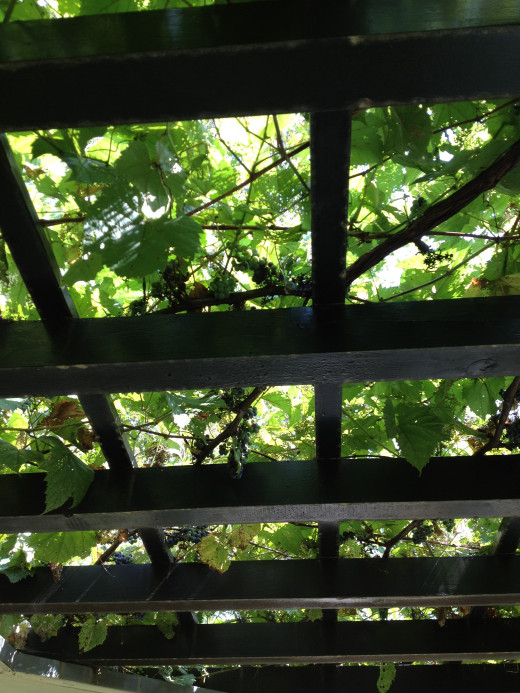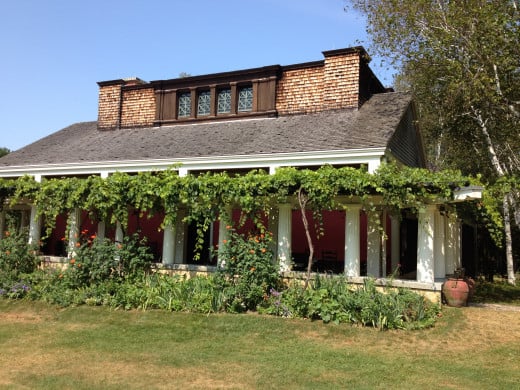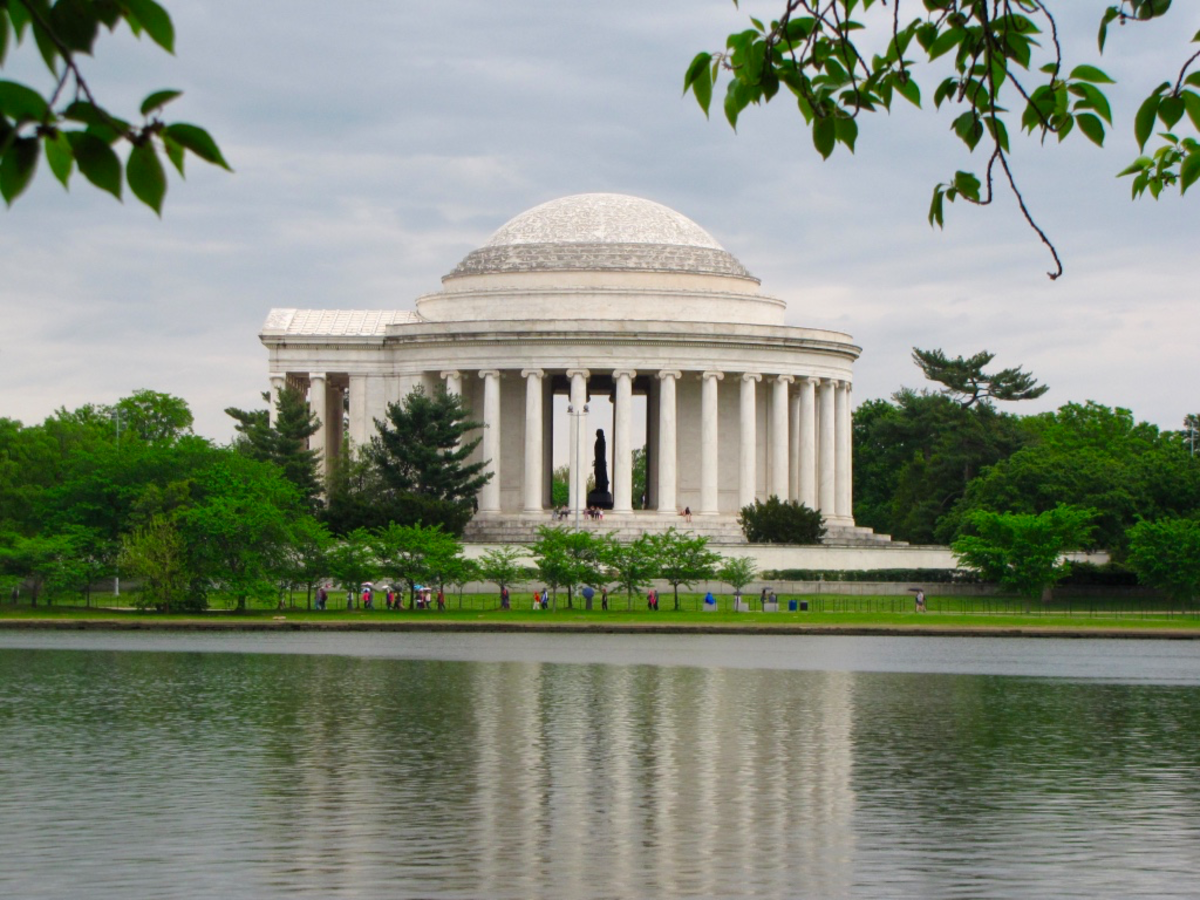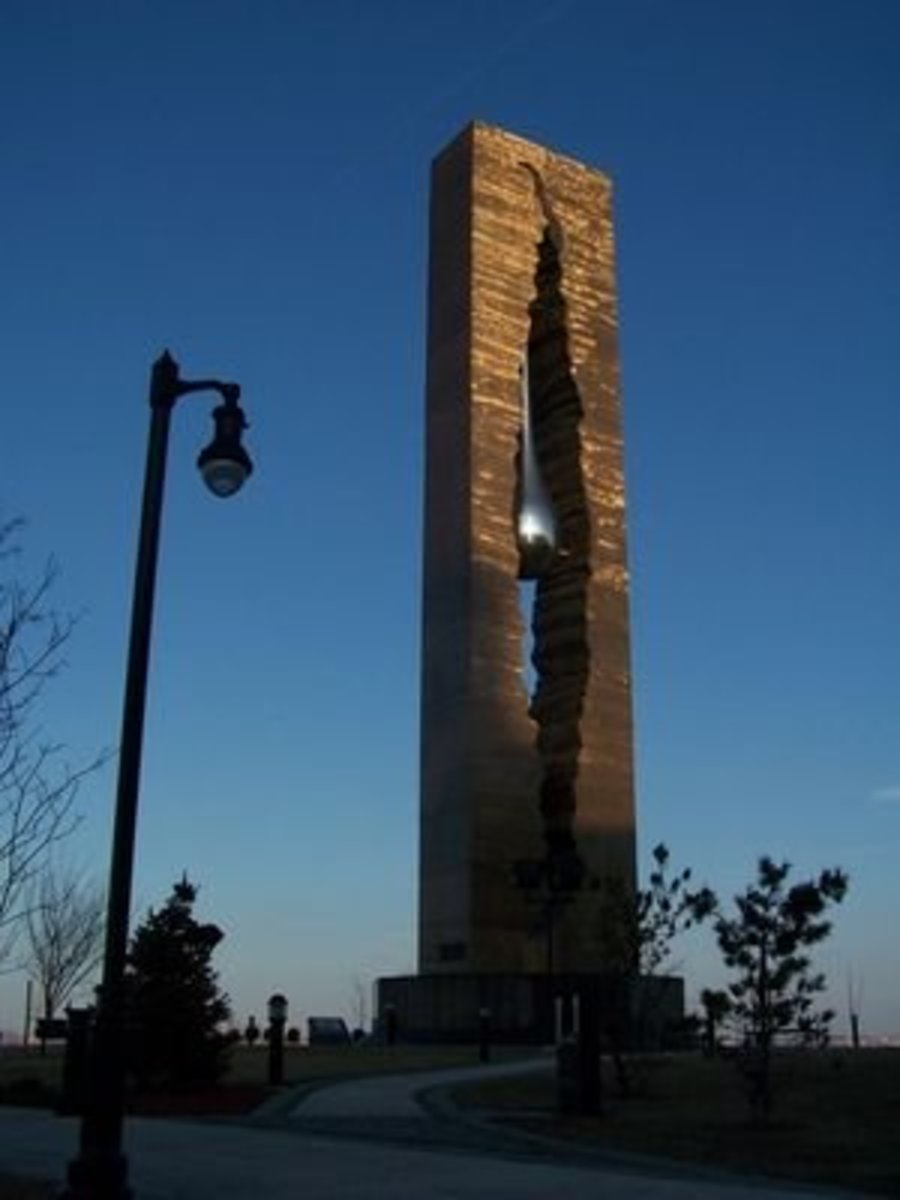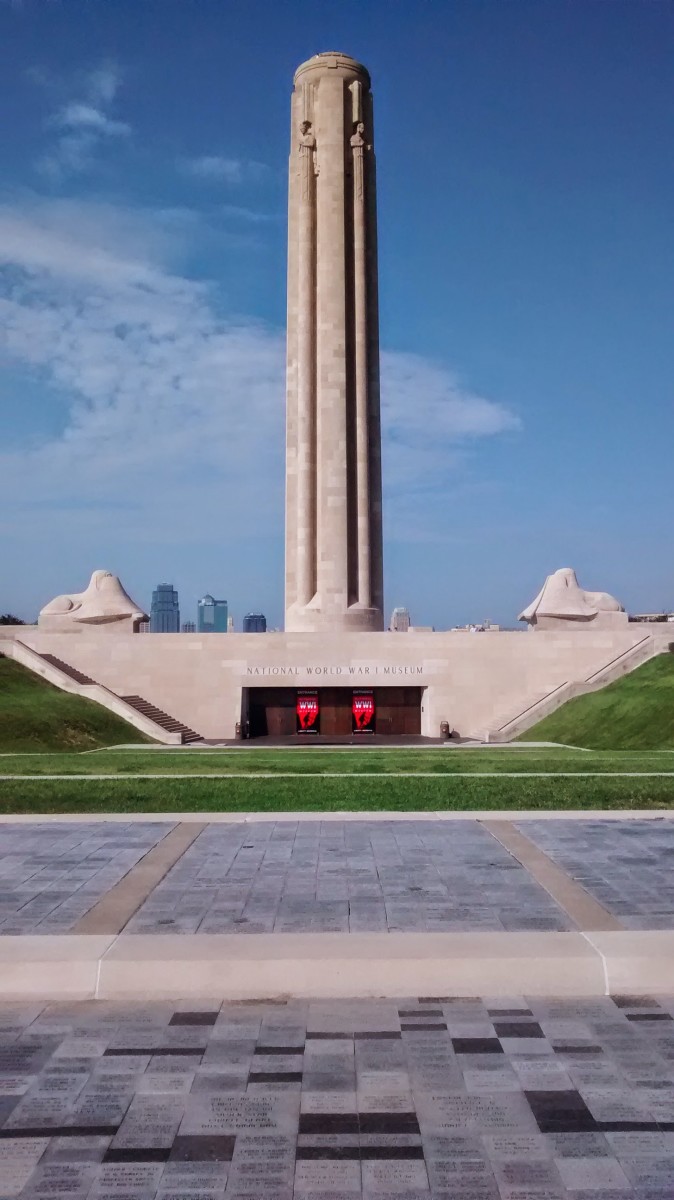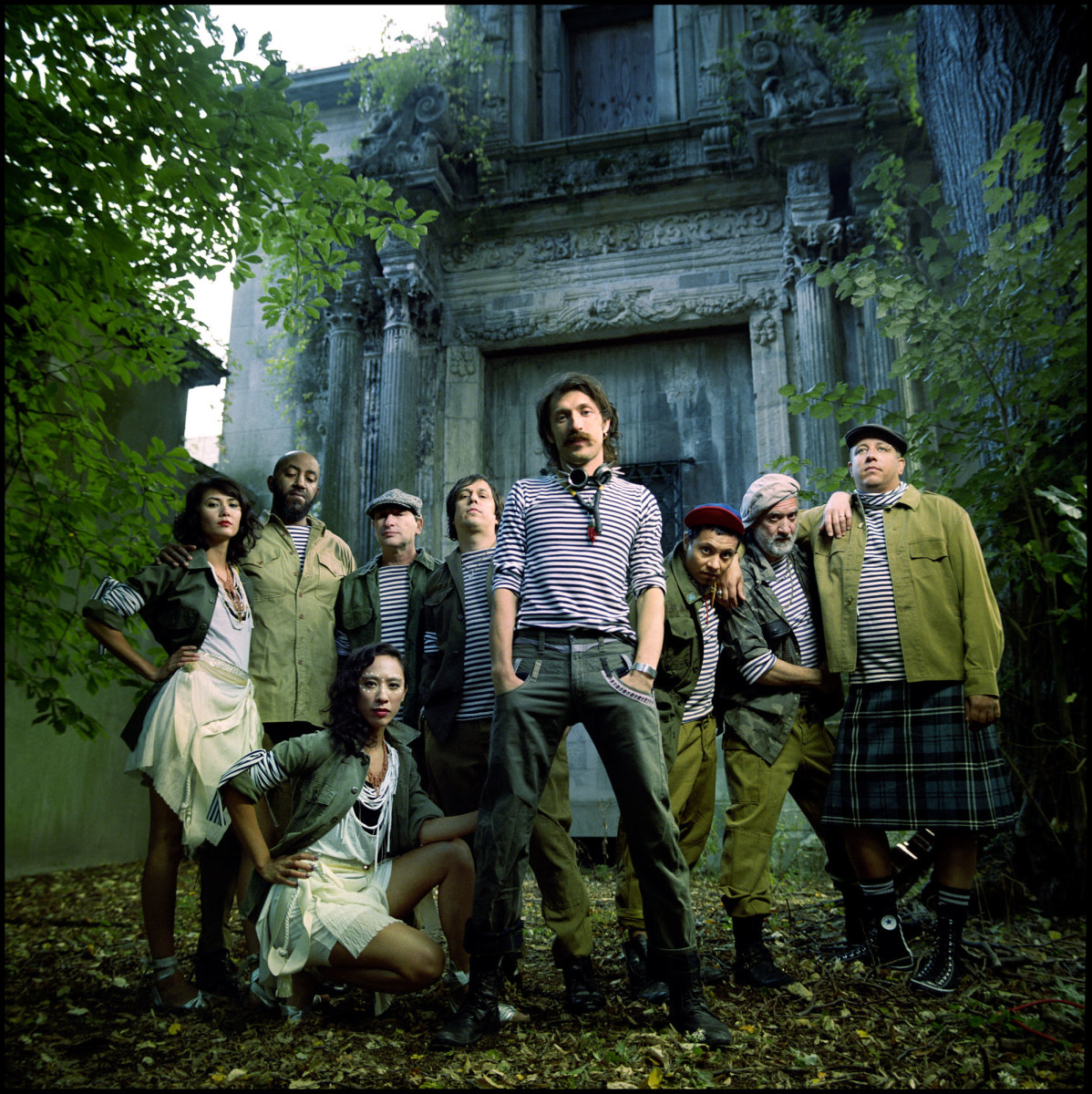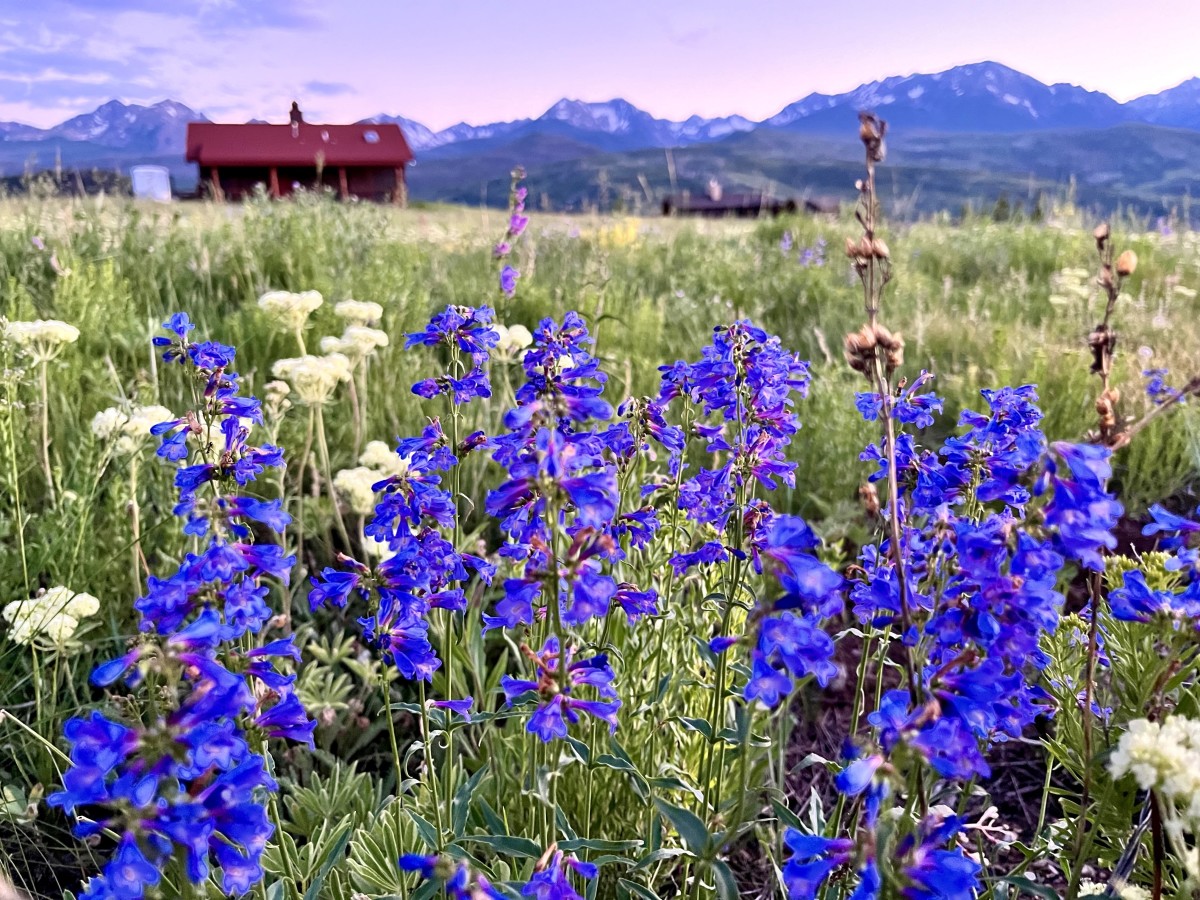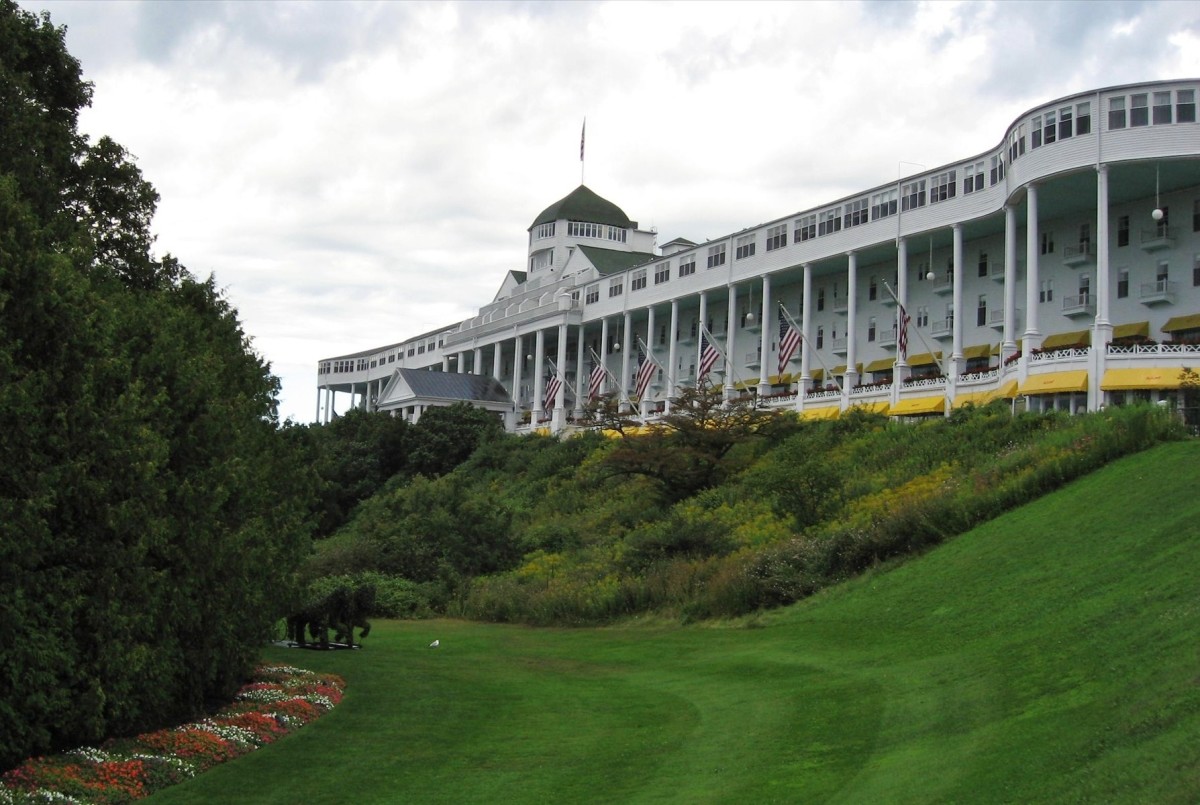- HubPages»
- Travel and Places»
- Visiting North America»
- United States
Visiting the Estate of One of America's Greatest Sculptors: Augustus Saint-Gaudens
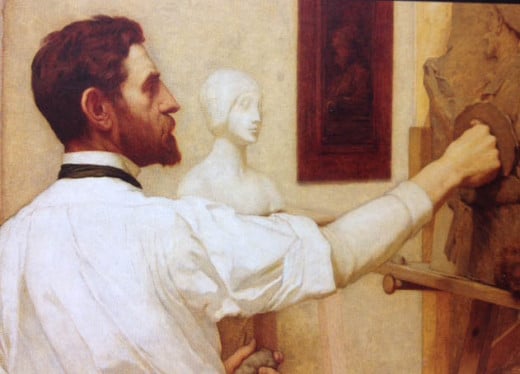
I confess. It was not until I had read the book "The Devil in the White City" that I became aware of Augustus Saint-Gaudens. I further confess, that I didn't know Saint-Gaudens' home, gardens and studio were located in Cornish, New Hampshire, a mere 45 minute drive from my house.
And while I confess to you, my lack of familiarity, I must explain that I have had the pleasure of viewing several of his works and just didn't realized that it was Saint-Gaudens who was the man behind the form.
Having wanted to visit Saint-Gaudens estate for many years now, I finally made the time to travel the short distance north. It was a splendidly beautiful day.
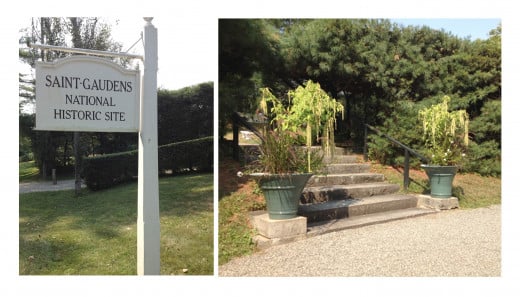
Augustus Saint-Gaudens came to Cornish, New Hampshire in 1885 to rent an old inn for the summer. He made a few changes, adapting the inn to be more suitable to his artistic needs and ultimately fell in love with it. Saint-Gaudens purchased the inn in 1892 and continued to summer there with his family until 1900, when it became his year-round home.
Saint-Gaudens named the house Aspet after his father's birthplace in France. Over the years, Saint-Gaudens would transform the inn and the grounds into a beautiful estate that included a swimming pool, studio, bowling green, golf course and gardens.

Saint-Gaudens National Historic Site - New Hampshire

- Saint-Gaudens National Historic Site - Saint-Gaudens National Historic Site
There is a small parking lot across from the main house. Parking is free. A park attendant will provide you will a map of the estate and sign you up for any of the tours that may be available that day.

Points of Interest:
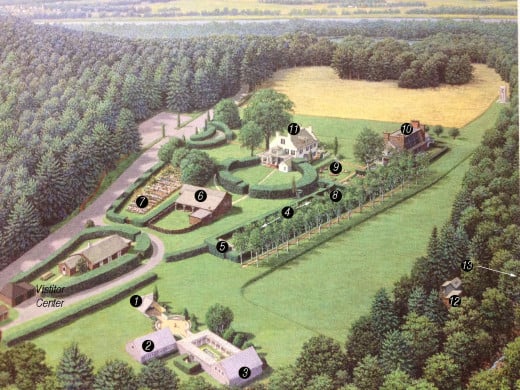
1. Farragut Monument: Saint-Gaudens' first commissioned public monument commemorated Civil War Admiral David Glasgow Farragut.
2. Picture Gallery: This was an original building, but was adapted in 1948 to showcase art exhibits sponsored by the Saint-Gaudens trustees. [At the time of my visit, the exhibit featured the work of Darren Blackstone Foote. Foote's show, called Out of the Valley, uses "disjointed paraphernalia" to reconnect us to nature and the "natural mechanisms of life and death"-images of his work are shown below]
3. New Gallery and Atrium: Architect John Ames added a Roman-style atrium and pool to the remodeled 1948 gallery. More of Saint-Gaudens work, including U.S coinage and cameos can be seen here.
4. Bowling Green: Saint-Gaudens had enjoyed playing lawn bowls here. Today, visitors can notice that the lawn curves upward on each side of the field. That was intentionally designed so that the bowls would stay within the playing area.
5. Shaw Memorial: At the foot of the bowling green is saint-Gaudens' final version of the monument to the 54th Regiment of African American Civil War Volunteers. The original monument is in Boston, Massachusetts and is slightly different that this rendition.
6. Stable and Ice House: Built before 1885, the ice house stored the ice cut from Blow-Me-Down Pond. The stablehand, whose room was located in the same building, would care for the who were kept primarily outside so that they could acclimate to the changing seasons and not fall ill.
7. Cutting Garden: Once used as a vegetable garden, this area now grows historic varieties of annuals.
8. Adams Memorial: This is a recast of the bronze funerary sculpture commissioned by historian Henry Adams for his wife.
9. Flower Garden: Italian in theme, this garden sits next to the porch of the main house which Saint-Gauden called Aspet.
10. Little Studio: This building was constructed in 1904. It replaced the original barn that Saint-Gaudens had used as a studio. Little Studio is impressive. It has a Mediterranean feel and is quite bright given part of its' structure is nearly all glass and the studio door is a large barn-door which can be rolled open exposing the interior of the studio to the expansive front lawn.
11. Aspet: Aspet is the main house. Many of Saint-Gaudens' original furnishings remain in the home for viewing.
12. Ravine Studio: This studio, a tiny cabin in the nearby wooded area, was used by Saint-Gaudens' assistants. Today, it is a workshop for the sculpture-in-residence. Visitors are welcome to stop by the ravine studio while the artist is at work.
13. Ravine Trail: A quarter-mile nature trail. At the end of this trail, Saint-Gaudens built a swimming hole.


1. The Farragut Monument
Saint-Gaudens' first commissioned public monument commemorated Civicl War Admiral David Glasgow Farragut. The commission to do the Farragut statue was the turning point in Saint-Gaudens' life. Saint-Guadens was 28 years old and it brought him recognition, as well as, enough financial security to persuade Augusta Homer's parents that Saint-Gaudens could provide for a wife and that the two should be allowed to marry.
The sculpture would eventually be cast in bronze and placed in Madison Square in New York.
2. The Picture Gallery
Adapted in 1948 to be a gallery for changing art, this original outbuilding is located the farthest from the main house.
During my visit I was able to enjoy the work of Darren Blackstone Foote. Born in 1978 in Melba, Idaho, Foote currently lives in Brooklyn, New York.
This exhibit, like the others shown in this building, are sponsored by the Saint-Gaudens Memorial which is a private, non-profit organization chartered by the State of New Hampshire in 1919, to preserve and commemorate Saint-Gaudens home and studio.
The Memorial supports the various programs and activities that take part here, including a summer concert series that takes part on the lawn in front of the Little Studio.

Darren Blackstone Foote Exhibit"
Click thumbnail to view full-size





3. New Gallery and Atrium
The New Gallery and the Atrium exhibit Saint-Gaudens' portrait reliefs, cameos that he carved and designs for the 1907 U.S. gold coinage. There is also several sculptures, including "The Sitting Lincoln" which rests in Chicago.







4. Bowling Green
Saint-Guadens enjoyed the outdoors and he liked to have fun. He would play lawn bowls in this area with guests. Either side of the long rectangular field is lined with hedges. Each side of the strip of lawn has a slight incline designed to keep the balls from rolling off the playing field.
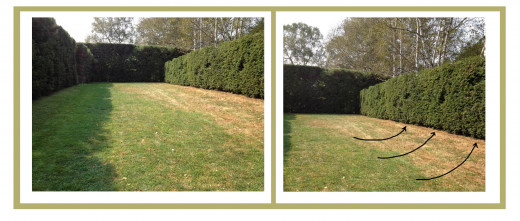
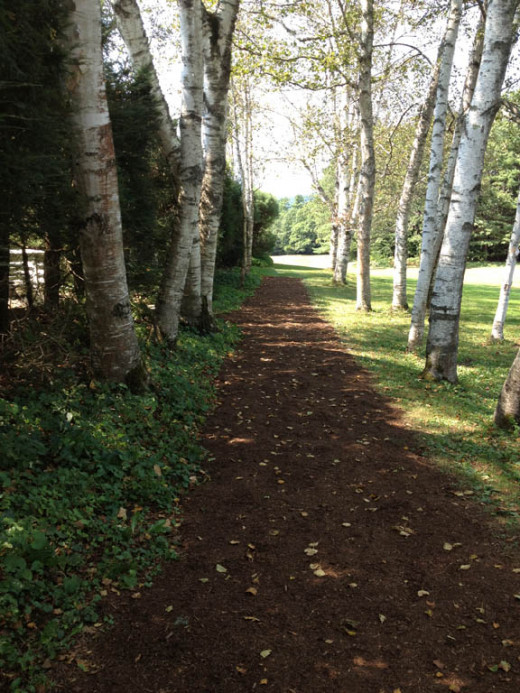
5. The Shaw Memorial
The Shaw monument took Saint-Gaudes 14 years to complete. The massive sculpture that flanks one end of the Bowling Green is the final version of the monument that celebrates the Massachusetts 54th regiment of african american volunteers. The original is located in Boston and is said to differ only slightly from this one.
The faces of the men are unique and expressive. They show stoicism and determination, as does Shaw.


6. Stable and Ice House
Built before 1885 but later remodeled, the stable and ice house kept Saint-Gaudens' horses, much of his food and housed his stableman, as well.
The horses were kept outside so as to acclimate to the changing weather and create stronger immune systems. The stableman, whose room was small, was kept warm by a corner side stove. Blocks of ice were cut from the nearby Blow-Me-Down Pond and stored in the cavernous ice box. The door was an impressive thickness. Written notes are still visible on the door where Saint-Gaudens and others scratched the dates of the ice shipment.
Today, there are a variety of carriages on display.






7. Cutting Garden
Click thumbnail to view full-size








8. Adams Memorial
Saint-Gaudens called this piece, "The Mystery of the Hereafter...beyond pain and beyond joy".
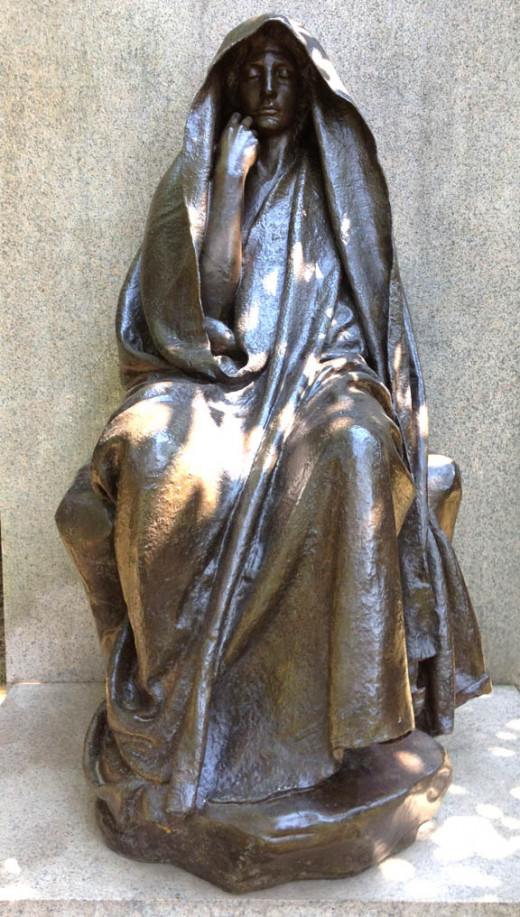

PBS Documentary - Augustus Saint-Gaudens: Master of American Sculpture - The Diana

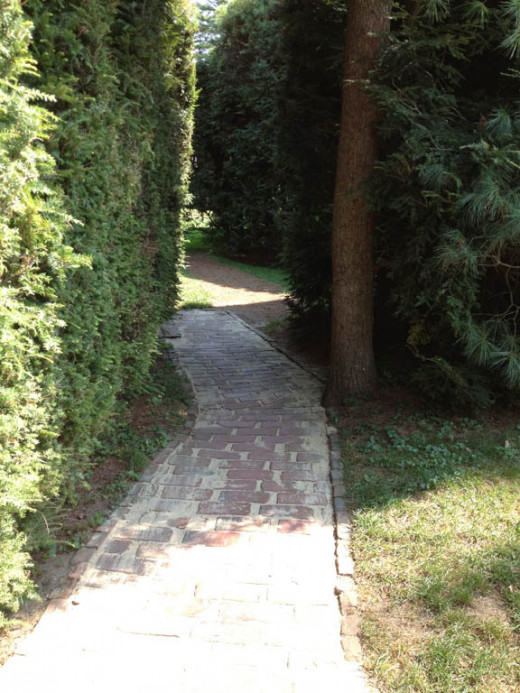
9. Flower Garden.
Hemlock hedges enclose the formal garden next to Aspet. It is a very intimate place where one could find quiet to sit and read or draw.




PBS Documentary - Augustus Saint-Gaudens: Master of American Sculpture - The Shaw Memorial
- Augustus Saint-Gaudens - About Augustus Saint-Gaudens | American Masters | PBS
Among the greatest American sculptors and monument builders of the late nineteenth and early twentieth centuries was Augustus Saint-Gaudens.

10. Little Studio
Click thumbnail to view full-size











11. Aspet
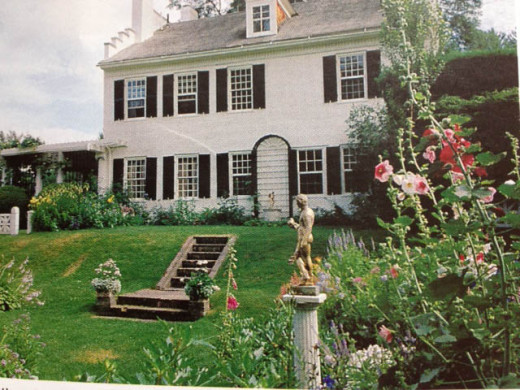
12 & 13, The Ravine Studio and Trail
Saint-Gaudens assistants once used this studio for sculpture production. Today, this small studio set into the woods, is used by the sculpture-in-residence.
Depending on the day and time of your visit, you may stop by and watch the artist at work.
A. A short path leads to the Ravine Studio.
B. Next to the Ravine Studio is a path that leads hikers to the Ravine Trail. The trail was once used to reach Blow-Me-Up brook.
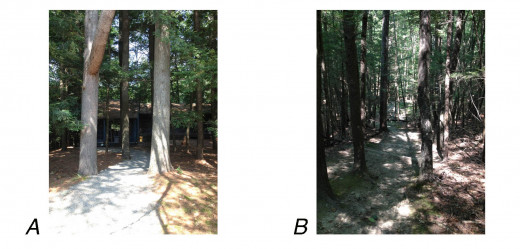
Scattered around Saint-Gaudens' estate are paths and fields, benches and picnic tables. It is a wonderful place to bring lunch and enjoy it as you take a rest and admire the view of Mount Ascutney.
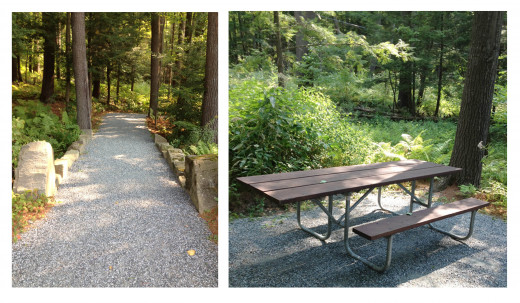
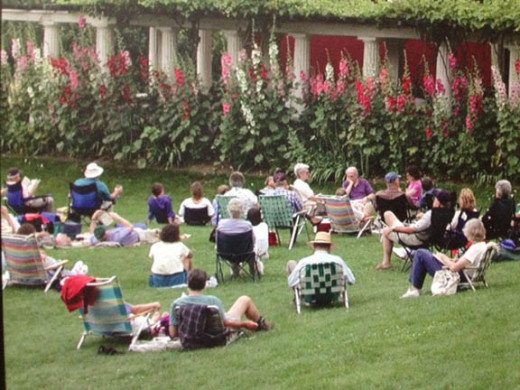
- App Store - Saint Gaudens NHS
Read reviews, get customer ratings, see screenshots, and learn more about Saint Gaudens NHS on the App Store. Download Saint Gaudens NHS and enjoy it on your iPhone, iPad, and iPod touch.
Gardens: a listing of the flowers and plants, including a bloom calendar.
What's in Bloom: updated photos of the flowers that are in bloom at the estate.
GPS Function: satellite directions to Saint-Gaudens' public monuments from anywhere around the world.
What's Happening: a calendar of special events, including a list of concert dates.

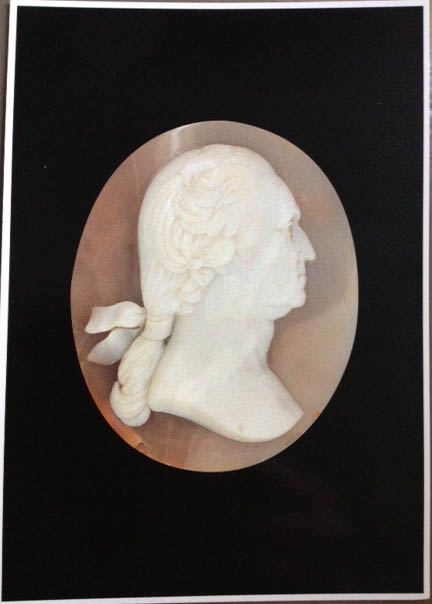
Beginning at the End
There is a visitors center and gift shop located along Saint-Gaudens road.
Although it sits the furthest from the main house and gardens, it would be a good place to begin your tour if you are not familiar with Saint-Gaudens' story.
Adjacent to the gift shop, is a small theatre that plays a short video on the life of Saint-Gaudens. It would be impossible to tell the full story of such a man, but the video shares a few important facts pertaining to the life of this American Renaissance sculpture.
Before I reached the end of my visit, I stopped to buy a few postcards. The one that caught my eye was this cameo of Washington.
Saint-Gaudens began his career as a cameo cutter. This talent led to further works in relief sculpture including metals and coins.
To be counted as one of Saint-Gaudens' crowning achievements are his portrait reliefs. Considered the most complicated and difficult type of sculpture, Saint-Gaudens bas-relief (low relief) work was commissioned by some of the most prominent individuals of his time, including that of Cornelius Vanderbilt.
Other Prominent Names Mentioned in "The Devil in the White City":




